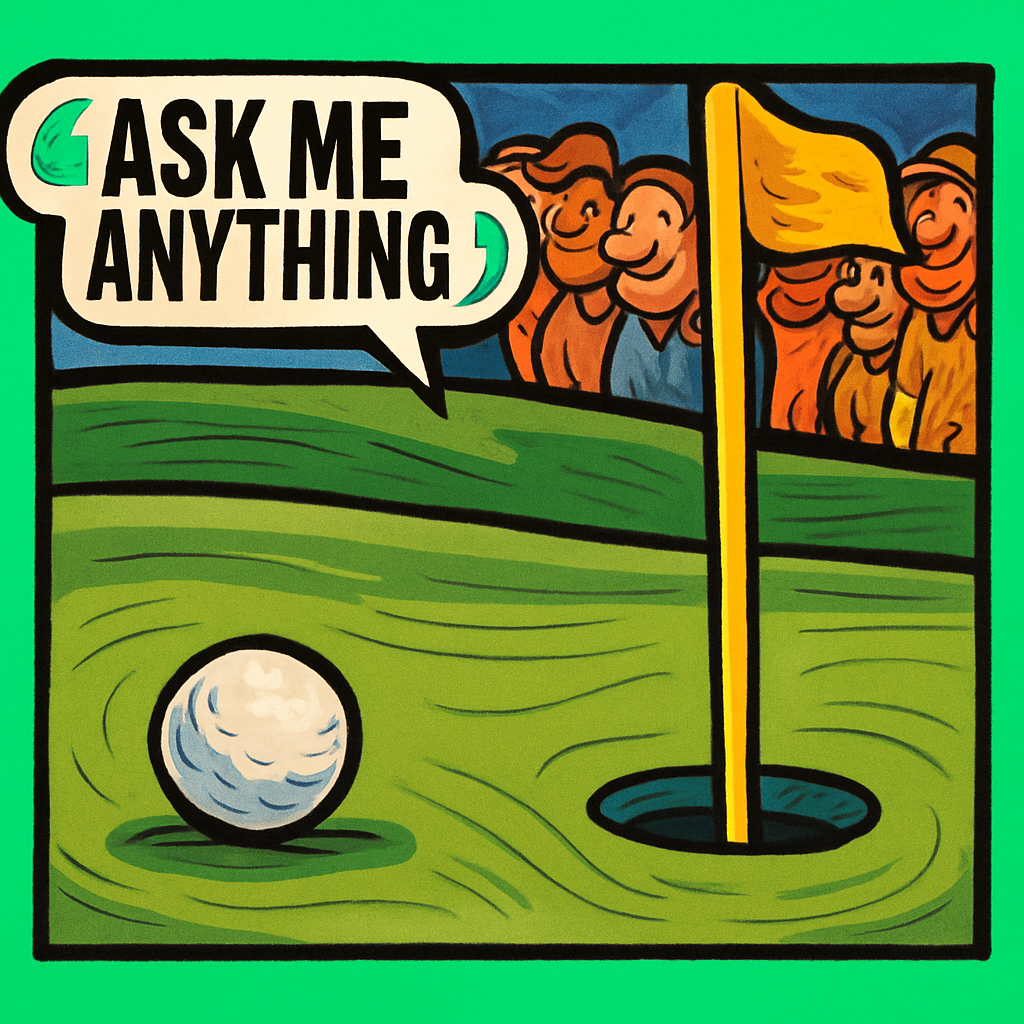GOLF — Whether you're a seasoned golfer or a newcomer to the sport, you've likely heard terms like birdie, eagle, and albatross thrown around on the course. But what do these terms actually mean, and where did they come from? BBC Sport's Ask Me Anything team breaks down these key golfing terms, their definitions, and their fascinating origins.
Introduction to Golf Scoring Terms
Golf has a unique scoring system that can seem confusing at first glance. Unlike many sports where higher scores are better, in golf, the lower your score, the better your performance. Terms like birdie, eagle, and albatross are used to describe scores relative to par—the predetermined number of strokes a skilled golfer should take to complete a hole.
Understanding these terms not only helps you follow professional tournaments but also adds a layer of enjoyment to your own game. Let’s dive into each one, exploring their meanings, how they’re achieved, and the stories behind their names.
What Is a Birdie?
A birdie is one of the most common scoring terms in golf. It occurs when a golfer completes a hole in one stroke fewer than par. For example, on a par-4 hole, scoring a 3 is a birdie.
The term’s origins date back to the early 20th century in the United States. According to golf lore, the word birdie was first used at the Atlantic City Country Club in New Jersey in 1903. After a player hit an exceptional shot, his group described it as a bird of a shot, which eventually evolved into birdie.
Key facts about birdies:
- Represents one stroke under par
- Common in professional and amateur play
- Often celebrated with a fist pump or a quiet nod of satisfaction
What Is an Eagle?
An eagle is a more impressive feat than a birdie, achieved by completing a hole two strokes under par. For instance, scoring a 2 on a par-4 or a 3 on a par-5 qualifies as an eagle.
The term eagle naturally followed birdie, continuing the avian theme. It was coined to signify an even better score than a birdie, much like an eagle is a larger, more majestic bird. The first recorded use of the term dates back to the 1920s.
Eagles are less common than birdies and often result from a combination of skill and luck, such as a long drive followed by a precise approach shot or a holed-out shot from the fairway.
As golf legend Arnold Palmer once said, "The most rewarding things in golf are the most difficult to achieve. An eagle is one of those rare, exhilarating moments."
What Is an Albatross?
An albatross, also known as a double eagle, is one of the rarest achievements in golf. It occurs when a player completes a hole three strokes under par. For example, scoring a 2 on a par-5 is an albatross.
The term albatross is derived from the bird, which is larger and rarer than an eagle, symbolizing the extraordinary nature of this score. The name gained popularity in the early 20th century, particularly in British golf circles.
Albatrosses are so rare that even professional golfers may only achieve a handful in their careers. They often result from a hole-in-one on a par-4 or a two-shot finish on a par-5.
Notable albatrosses in history include:
- Gene Sarazen’s famous "shot heard 'round the world" at the 1935 Masters
- Louis Oosthuizen’s albatross at the 2012 Masters, which helped propel him to a playoff
Other Golf Scoring Terms
While birdies, eagles, and albatrosses are the most celebrated under-par scores, golf has other terms for different performances:
Bogey and Beyond
A bogey is one stroke over par, while a double bogey is two strokes over. Scores worse than that are simply referred to by the number of strokes over par (e.g., triple bogey).
On the other end of the spectrum, a condor is the rarest of all, representing four strokes under par—typically a hole-in-one on a par-5. Only a handful of condors have ever been recorded in golf history.
Conclusion: The Language of Golf
Golf’s unique scoring terms add color and tradition to the game. From the humble birdie to the elusive albatross, these words reflect the sport’s rich history and the thrill of achieving something extraordinary on the course.
As golf commentator Peter Alliss once remarked, "Golf is a game of inches, and the difference between a birdie and a bogey can be as small as a blade of grass."
Whether you’re aiming for your first birdie or dreaming of an albatross, understanding these terms deepens your appreciation for the game. So the next time you hear them, you’ll know exactly what they mean—and maybe even achieve one yourself.


